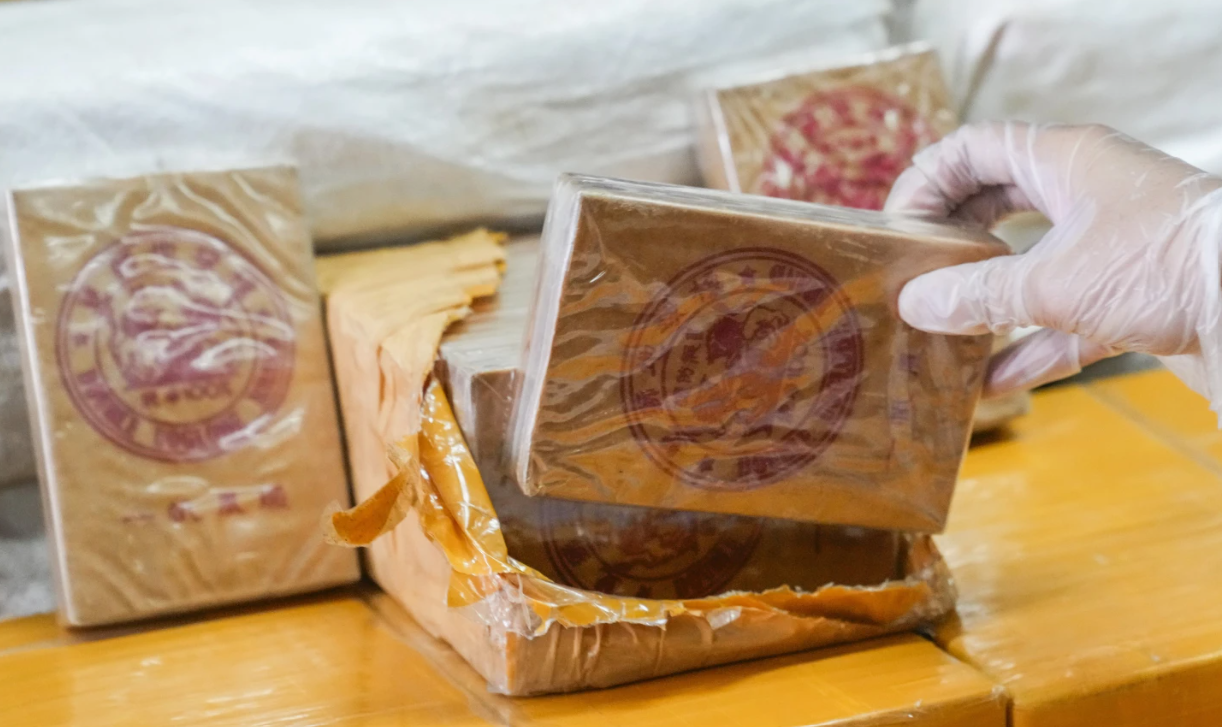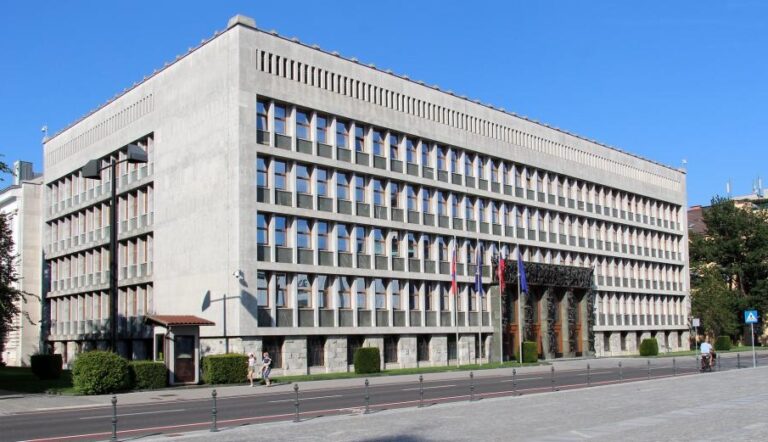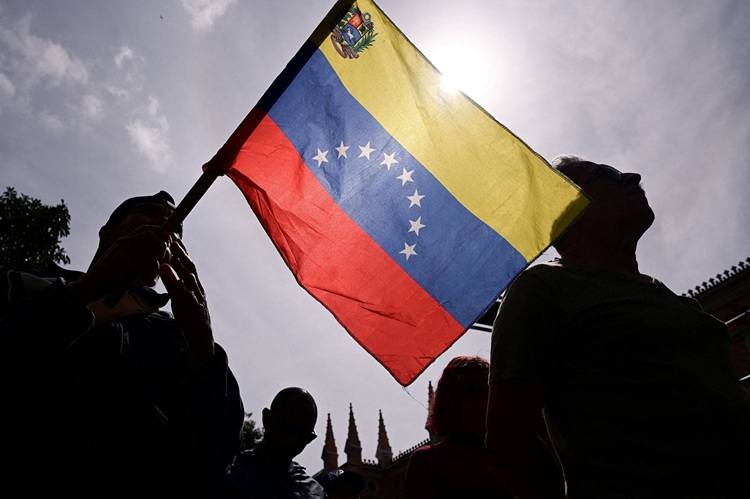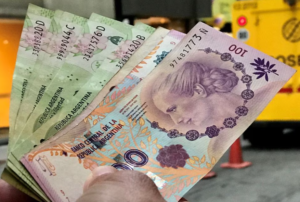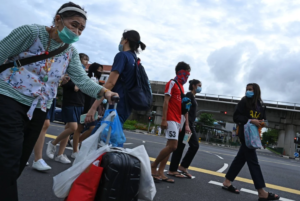On Thursday, Thai authorities announced a major drug seizure, one of the largest in the country’s history, involving methamphetamine, crystal meth, and heroin, with an estimated street value of approximately 300 million baht ($8.2 million).
According to police reports, the drugs were confiscated during a raid on a residence in Nakhon Pathom, located to the west of Bangkok, conducted on Wednesday night. During the operation, four individuals were arrested on charges of possessing illegal drugs. These suspects purportedly admitted to renting the house for the purpose of storing the narcotics before distributing them to dealers in the greater Bangkok area.
The seized narcotics inventory consisted of 15 million methamphetamine tablets, 443 packages of wrapped heroin, 420 kilograms (926 pounds) of crystal meth, and various substances commonly associated with recreational drug use, such as “happy water,” a powdered mixture containing multiple psychoactive components for consumption as a beverage, and “five-five,” a potent sedative known by the pharmaceutical name Nimetazepam. The authorities displayed the seized drugs during a press conference.
The successful operation followed a two-year investigation initiated subsequent to the arrest of another member of the trafficking organization, as reported by the police. Although the authorities did not disclose the source of the drugs, experts from the United Nations and elsewhere have previously indicated that neighboring Myanmar serves as the primary supplier of methamphetamine and heroin for the region.
Jeremy Douglas, the regional representative for Southeast Asia and the Pacific at the United Nations Office on Drugs and Crime, commented on the situation, stating, “The Nakhon Pathom operation and seizure is undoubtedly significant, representing a substantial achievement. However, it is also a direct consequence of the deterioration in security and the expansion of the methamphetamine supply originating from Myanmar next door. We do not anticipate an improvement in this situation, and it is likely that more similar events will occur in the future.”
Historically, Myanmar has served as the primary hub for drug production in the region, primarily due to the lack of stringent security measures in border areas where various minority ethnic groups have long been engaged in struggles for increased autonomy. Some of these influential ethnic armed factions have been deeply entrenched in narcotics manufacturing for several decades.
The military coup in Myanmar in 2021, which removed the elected government of Aung San Suu Kyi, led to widespread armed resistance across the nation, exacerbating the country’s already precarious state of affairs.
The United Nations’ report on synthetic drugs in East and Southeast Asia in June 2023 issued a cautionary message, highlighting that the extensive trade in methamphetamine and other illicit drugs continues to thrive without any apparent signs of diminishing.
In another United Nations report from January, it was observed that opium production in Myanmar has experienced a resurgence since the military assumed control, marking a significant reversal after years of declining opium cultivation.
(Source: Jintamas Saksornchai | Associated Press)


